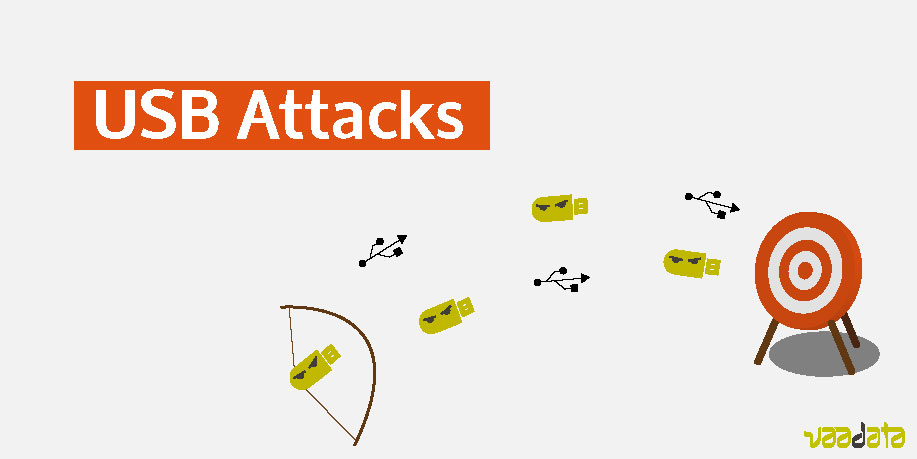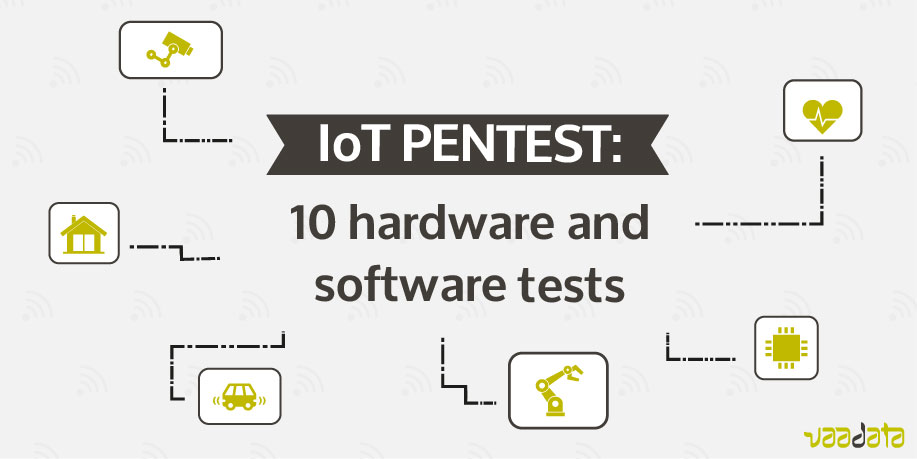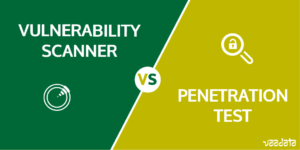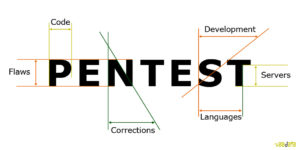
USB devices are so convenient. Whenever we need to store small amounts of data, we use a USB stick. Everyone owns one and we generally trust it to be safe. USB keys are one of the main ways to do industrial espionage, but attacks against random civilians and companies are also common.
The 2018 Honeywell report on USB threat to industrial operators analyzed a sample of 50 locations. Energy, chemical manufacturing, pulp & paper, oil & gas and other industrial facilities were concerned by the study. Among the locations targeted, 44% blocked a suspicious file originating from USB ports and 15% of the threats detected and blocked were high-profile threats, like Stuxnet, Wannacry and Mirai.






